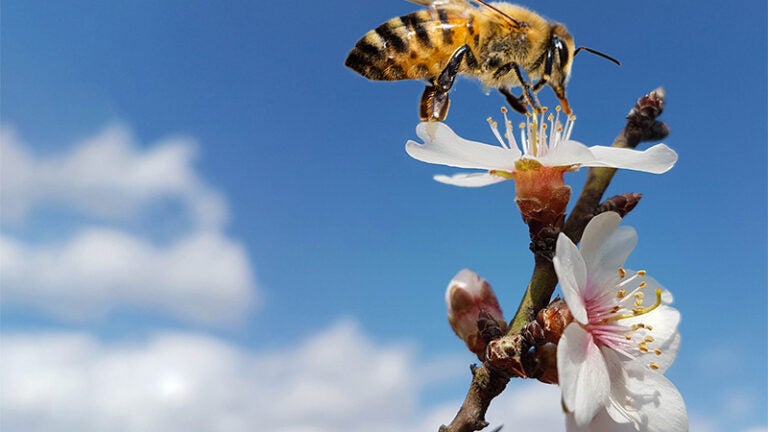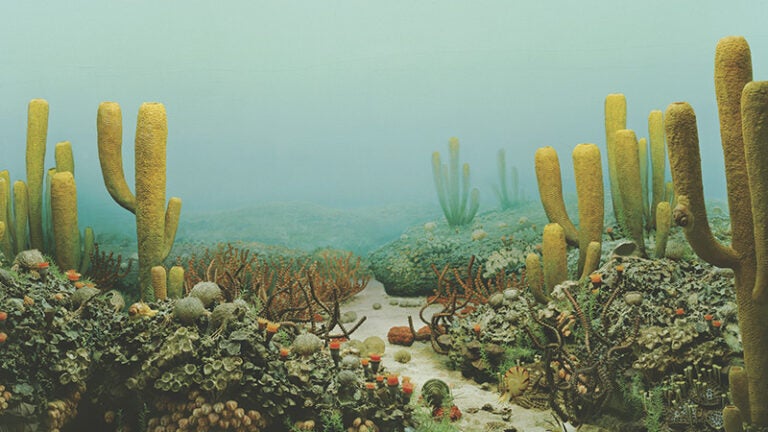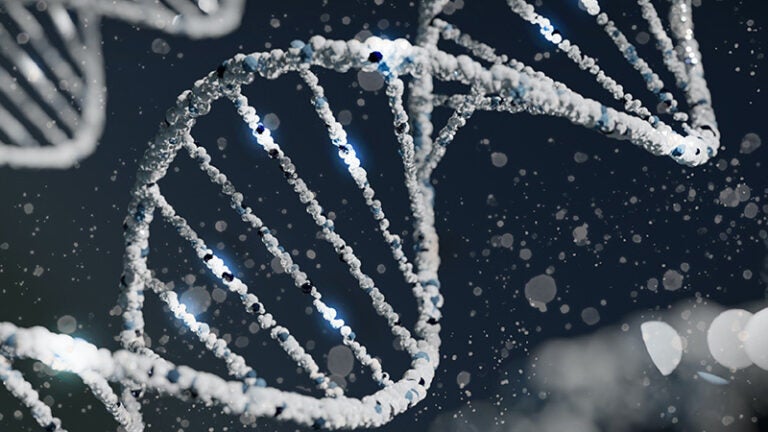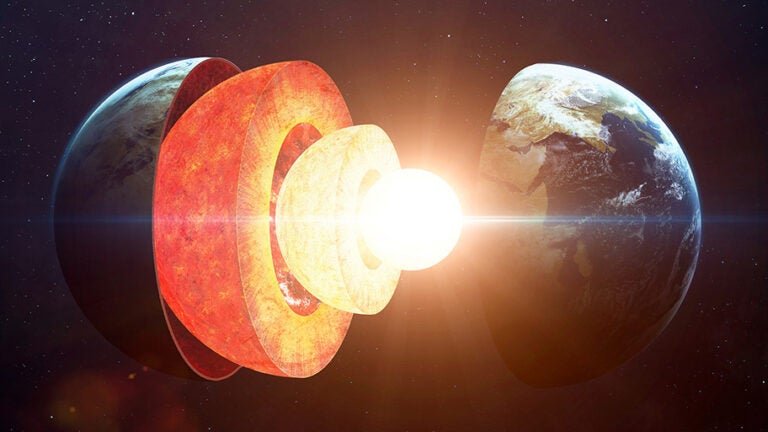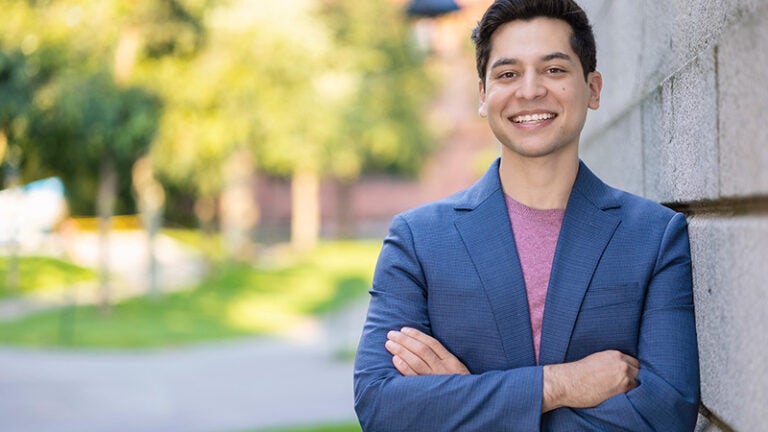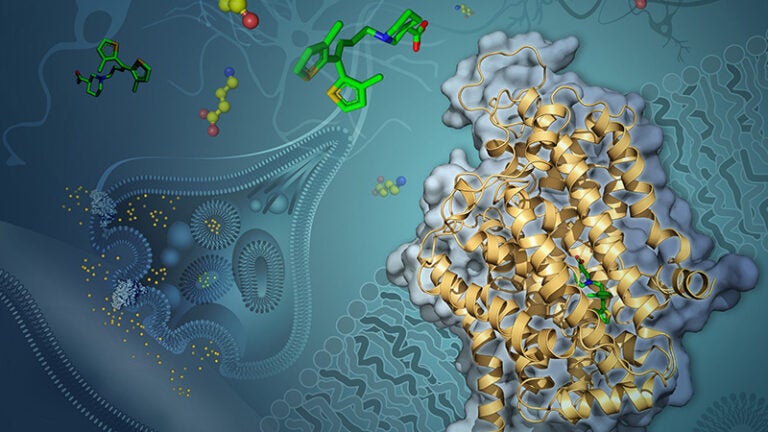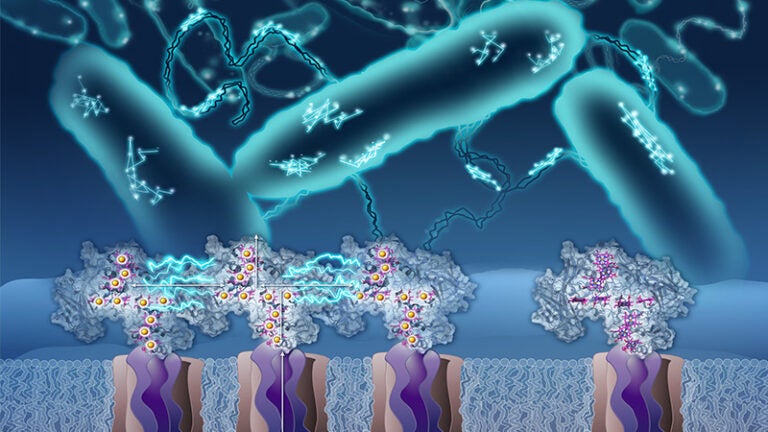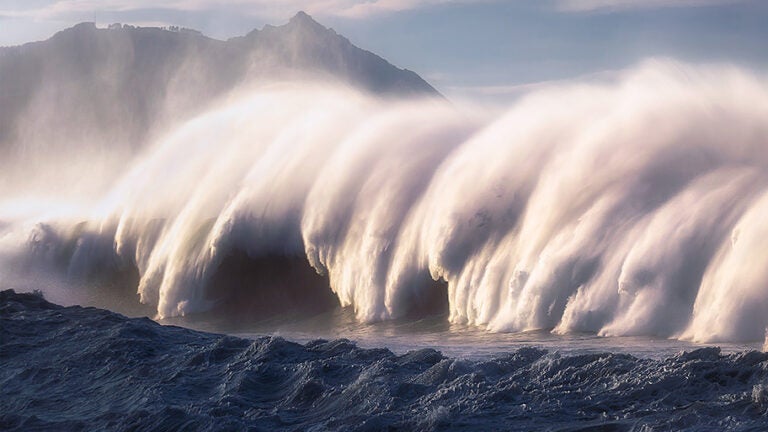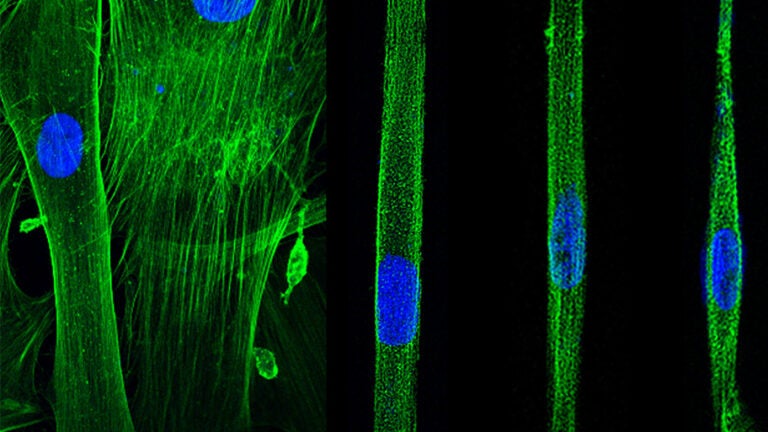How do you measure a cloud? How do you census a swarm of bees? Machine learning provides insights into complex natural phenomena.
USC Dornsife News
USC Dornsife paleobiologist David Bottjer and PhD student Alison Cribb, along with an international team of researchers, find ancient clues on the seafloor that show how life bounced back after 90% of species died off.
Scientists in a new USC Dornsife department discuss the mysteries within and moral issues surrounding our DNA.
USC Dornsife scientists’ analysis of seismic data identifies a six-year cycle of super- and sub-rotation that affects the length of a day.
New to USC Dornsife, Elias Picazo grew up in California’s Central Valley. Now he inspires students to pursue careers in science.
Findings by scientists at USC Dornsife using cryogenic electron microscopy could lead to answers for neurological disorders from anxiety to schizophrenia and Parkinson’s disease to autism spectrum disorder.
The molecular dance that allows a unique bacterium to transfer electrons is captured on camera for the first time.
An analysis of historical seismic events by a USC Dornsife scientist helps explain why large tsunamis still occur after relatively small earthquakes.
A team of USC Dornsife scientists finds new evidence of how the protein emerin functions and how it may be linked to the rare and debilitating Emery-Dreifuss muscular dystrophy.
Contact USC Dornsife News
Media Inquiries
Contact Ileana Wachtel
